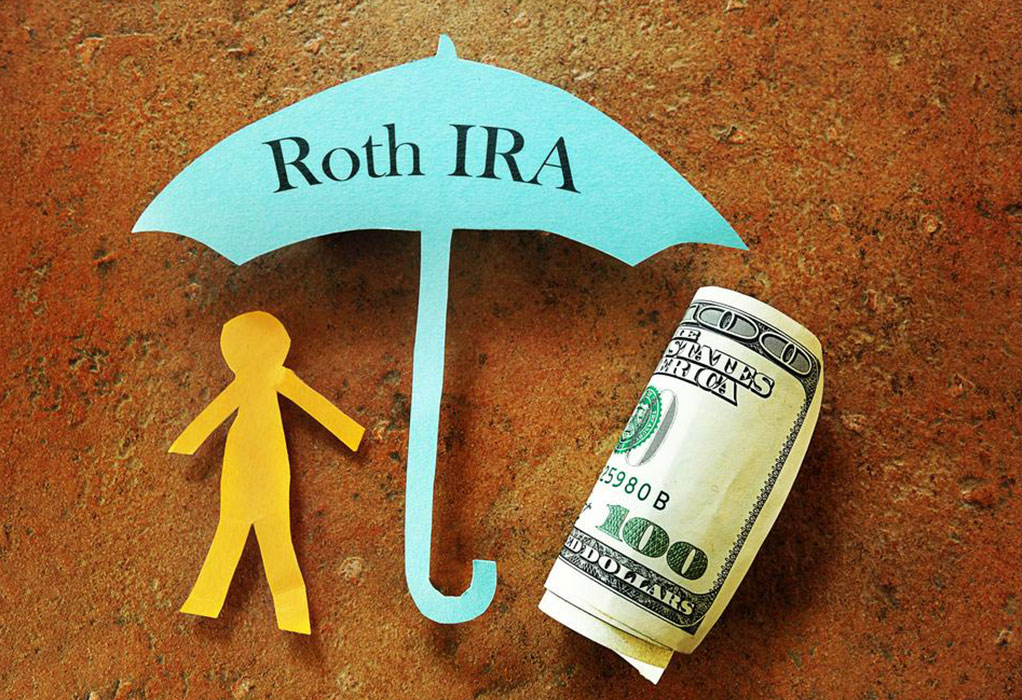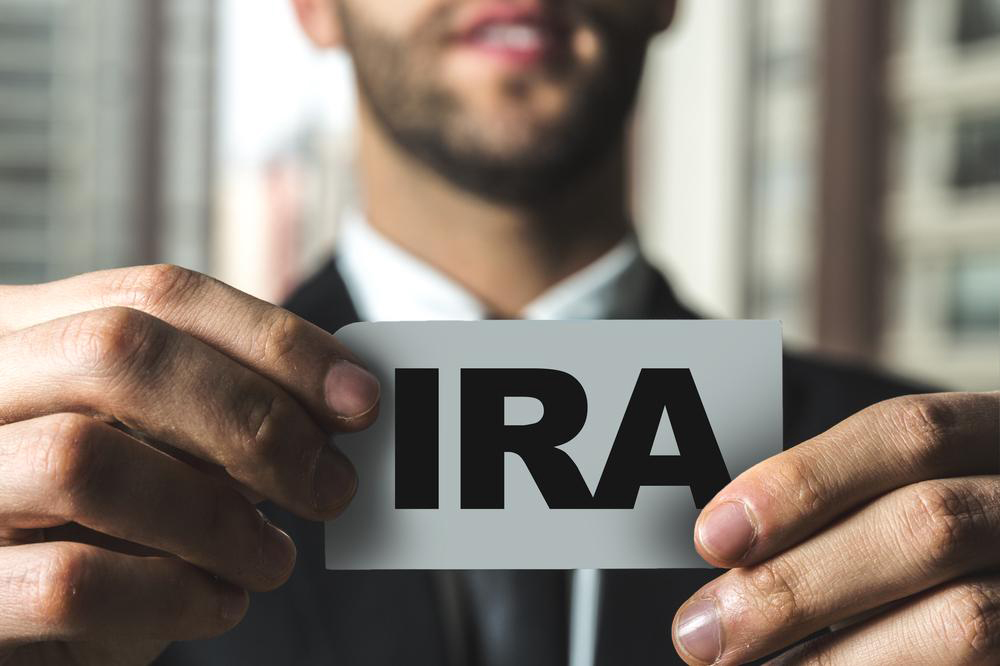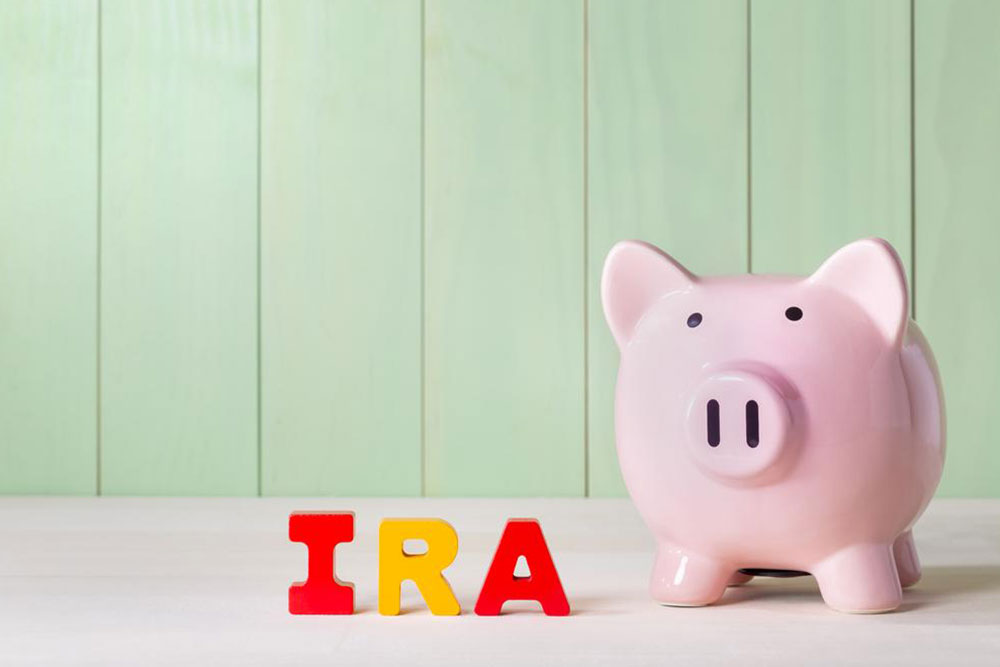Comparing Traditional and Roth IRAs: Pros and Cons
Explore the key differences between Traditional and Roth IRAs, including their advantages, drawbacks, and suitability for different financial situations. Learn how these retirement savings options can help you maximize tax benefits and plan for the future effectively.
Sponsored

Traditional and Roth IRAs are popular retirement investment options that offer tax-free growth by deferring taxes on earnings. Contributions to these accounts grow without taxes on dividends or capital gains until withdrawal.
Benefits of Traditional IRA:
Anyone with earned income can contribute up to their annual income limit. These accounts provide the freedom to invest in various assets such as stocks, bonds, mutual funds, and annuities.
The investments grow tax-deferred until retirement at age 59.5, allowing for potentially lower taxes if the retiree’s tax rate declines. Contributions can be made until mid-April of the following year, providing extra time to save.
Drawbacks of Traditional IRA:
Required Minimum Distributions (RMDs) must start after age 70.5, with penalties for non-compliance. If you have a workplace retirement plan and your income exceeds certain thresholds, this plan may offer limited tax advantages. Early withdrawals before age 59.5 incur a 10% penalty, and investment options are limited for certain assets like antiques or precious metals.
Benefits of Roth IRA:
This plan allows penalty-free withdrawals for specific purposes, such as buying a first home or paying education costs. Contributions are made with after-tax dollars, enabling tax-free growth and withdrawals, provided the account is at least five years old and the individual is over 59.5. There are no Required Minimum Distributions, allowing indefinite growth.
Disadvantages of Roth IRA:
Contributions are not tax-deductible, which can increase current taxable income and affect tax brackets. Contribution limits restrict investment amounts, especially as income exceeds certain levels. High earners converting traditional IRA savings may face significant tax obligations on the converted amount.
Choosing between a Traditional and Roth IRA depends on personal financial circumstances. It is advisable to consult a financial expert to select the most suitable plan and optimize retirement savings effectively.






